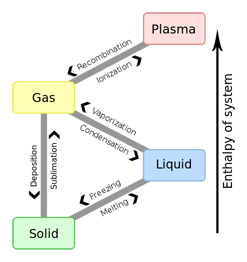

|
The International Workshop on
|
Abstract First ideas for doing neutrino astronomy with deep-underwater detectors date back to 1960, first attempts to build such a neutrino telescope to the year 1973. It took, however, further 40 years before extraterrestrial neutrinos could be identified with the IceCube neutrino telescope in the deep Antarctic glacier. This is a real breakthrough – the opening of a new window to the Universe. The present article sketches the long path towards that discovery and summarizes the present experimental results and our present understanding of them. Much is still to be done before we can say that we have “charted the landscape of high-energy neutrinos”, and I will discuss the roadmap towards that goal.
Reference:
|